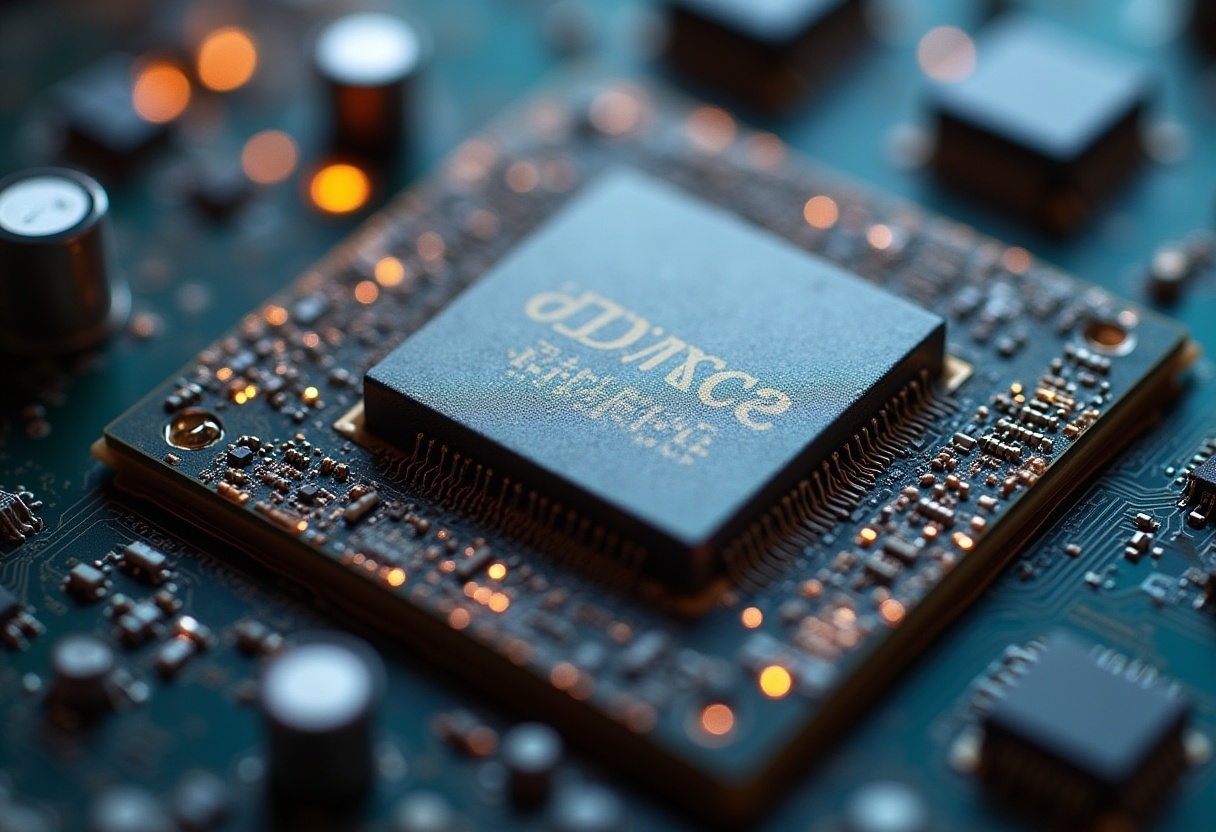



While tools like Claude Code and Cursor can read massive codebases, they lack the architectural context senior engineers have. Without a semantic layer (a structured, machine-readable representation of system structure, relationships, constraints, and domain concepts), AI agents hallucinate APIs, violate architectural boundaries, and make incorrect assumptions about data flow.

This article examines why 70-85% of enterprise AI pilots fail to scale, identifying 11 critical differentiators between successful implementations and failed projects. It provides a practical framework for avoiding common pitfalls by comparing failure patterns with success behaviors across workflow design, integration, operations, governance, and measurement.

A practical decision framework to guide AI adoption, align technology with business needs, and build governance for long-term success.

Smaller AI models can outperform industry giants by offering speed, efficiency, privacy, and adaptability for real-world business use.

Discover how CloudGeometry boosts productivity by embedding AI agents directly in Slack, streamlining HR, content, and sales operations.

Explore how AWS Bedrock Agents help solve the complex challenge of maintaining up-to-date AI model data at scale using open-source tools like Mistral.

Stop treating all tech debt equally. Learn how to identify and eliminate the technical constraints that are blocking revenue, deals, and innovation.

Why real AI transformation means evolving your systems — not just adding AI features. Discover why agent platforms are becoming the new enterprise core.

Avoid AI overkill (or underkill). This guide breaks down the 5 AI agent types every business leader should understand—and when to use each one for maximum impact.

Explore how MCP, A2A, and NANDA are setting new standards for scalable, composable, and interoperable AI agent infrastructure, ushering in the next era of the intelligent web stack.

Faster dashboards don’t mean faster discoveries. Discover why the key to true data science innovation is flexible, discovery-driven infrastructure—not just optimized reporting tools.

Unlock the power of anti-fragile AI: Build intelligent systems that grow stronger with disruption, not just survive it. Explore strategies, principles, and a roadmap for deploying adaptive AI in your organization.

This article provides a practical, strategic framework for maximizing ROI from Databricks. It outlines how to avoid the mistakes many organizations make with the platform and offers a 3-pillar approach -- optimizing infrastructure, accelerating workflows, and aligning teams -- to transform Databricks from a high-cost tool into a high-impact business asset.

As these organizations explore cloud options, a key consideration is how to integrate their existing VMware environments with cloud services without undergoing extensive re-platforming. Amazon Elastic VMware Service (EVS) is designed to address this need by allowing users to run their VMware workloads natively on AWS.

Get a Custom Course for your management team, to get the latest update on the stage of AI in your industry.

Get a Custom Course for your technology team, to get up to speed on the latest AIAgents and LLM tools and solutions.